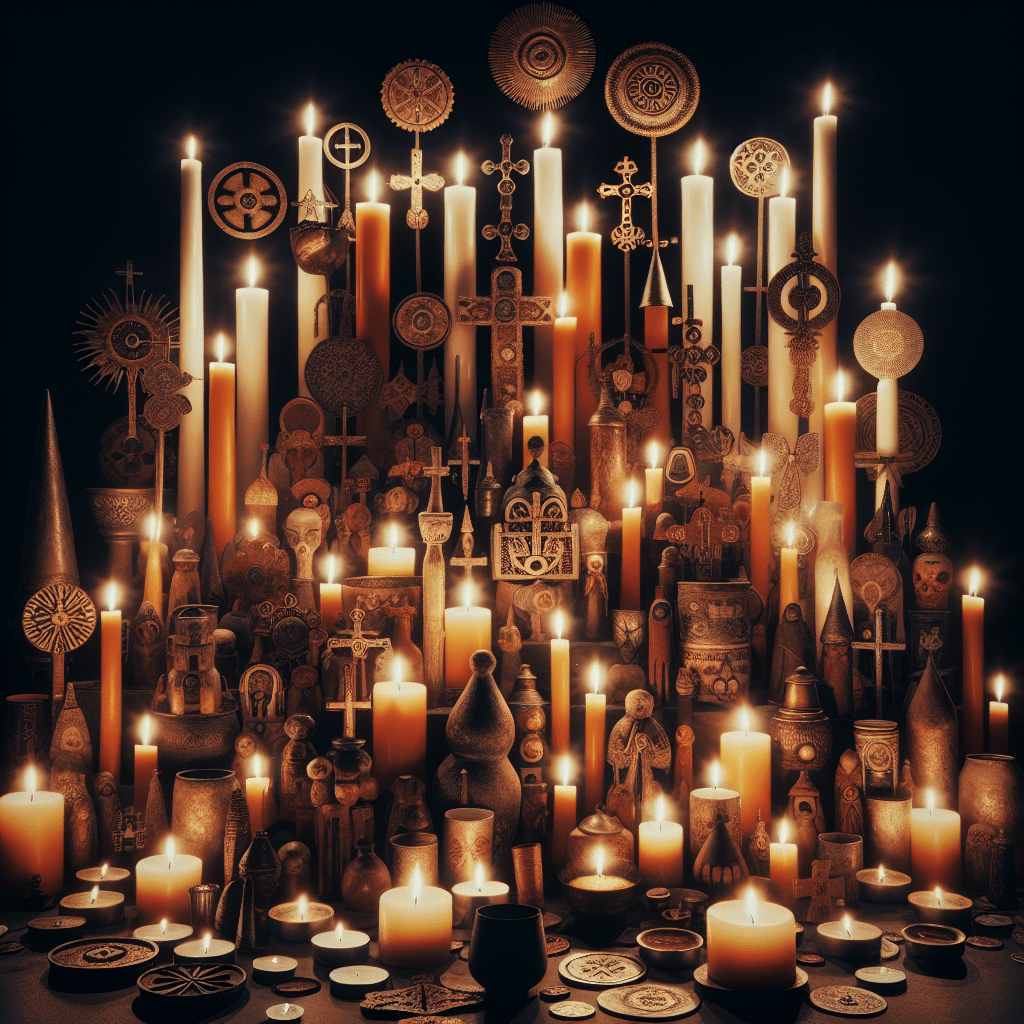Death: The Inevitable Conclusion of Life and the Details That Surround It
Death is the inevitable conclusion of life, a universal phenomenon that connects every creature on Earth. Over the centuries, humankind has grappled with the concept of death, posing philosophical inquiries, fostering religious beliefs, and developing scientific understanding. Below is a comprehensive exploration embracing various elements from the definition and understanding of death, to cultural perspectives, mourning traditions, the biological processes that accompany dying, and the legal aspects associated with it.
Defining Death: A Biological and Philosophical Understanding
Death, in its most basic definition, occurs when the vital physiological functions required for an organism to sustain life permanently cease. Medically, death can be defined in terms of brain death or cardiac death, with brain death being the complete loss of brain function while cardiac death means the cessation of cardiac activity.
Philosophically, death has presented an enigma for millennia. It raises profound questions about consciousness, the existence of a soul, and what, if anything, comes after life. These questions permeate culture, religion, ethics, and science as humans search for meaning in mortality.
Cultural Perspectives and Customs Related to Death
Every society has developed its own intricate rituals and beliefs regarding death. These practices reflect human attempts to understand and cope with the mystery of what happens when life ends.
Ancient Traditions and Burial Rites
In ancient Egypt, mummification was practiced to prepare bodies for the afterlife they profoundly believed in. Elsewhere, such as in the burial sites of Scandinavia’s Vikings, possessions were buried along with the deceased, indicating a belief in life after death where these objects might be needed.
Modern Funeral Practices
Today’s funeral customs vary equally widely but might include religious ceremonies, wakes or viewings, cremation or burial in caskets, and often involve a gathering of friends and family to remember the deceased.
Anathematizing Death
In certain cultures or periods of history, death may be deeply feared or considered a taboo topic. In modern Western societies, despite its inevitability, many people find it challenging to discuss openly.
The Biological Process of Dying
Understanding the biological process of dying helps demystify it somewhat. It generally proceeds through certain stages:
Agonal Phase
During this physiological phase, near the end of life, irregular breathing occurs due to reduced blood circulation.
Clinical Death
This stage is marked by a lack of heart beat and breathing. This is reversible for a short period through CPR or other life-saving measures.
Biological Death
If clinical death is prolonged (typically more than five minutes), biological death – where the body’s cells break down – sets in and is irreversible.
Legal Aspects: Determination and Documentation of Death
Determining and documenting death is not only important for medical reasons but also for legal concerns such as settling estates, severance of marriage or other partnerships, and inheritance.
Criteria for Legal Death
Medical professionals proclaim death based on criteria such as cessation of breath and heart function (cardiac death) or total irreversible cessation of all brain function (brain death).
Death Certificates
The documentation provided on a legally-binding death certificate typically includes cause of death and time, along with other vital statistics necessary for estate settlement and demographic recording.
Ethical Issues in Modern Medicine Related to End-of-Life Care
With advancements in medical technology representing abilities to prolong life through artificial means comes a host of ethical decisions relating to end-of-life care:
Life Support Controversies
When should life support be administered or withdrawn? These difficult decisions often must balance medical feasibility with respect for individual rights and considerations of quality of life.
Advance Directives and Planning
Allowing individuals control over their end-of-life care decisions through living wills provides some moral navigation through this sensitive issue.
The Environmental Impact of Death Management
Traditional methods for managing remains have environmental implications that are becoming part of contemporary conversations about sustainable practices:
Burials
Formaldehyde-based embalming fluid, along with materials often used in caskets and burial vaults is raising questions about soil contamination.
Cremation
Cremation’s carbon emissions are prompting innovators to seek alternatives like resomation (water-based cremation) or human composting.
Notes
Conclusion: Embracing Death as Part of Life
While it is certain that every life will one day conclude with death, the particulars surrounding it from one individual or culture to another serve as evidence of humanity’s diverse efforts to grasp its essence.
Understanding the multifaceted nature surrounding this ultimate transition can encourage deeper existential contemplation and inspire legislative advancement regarding end-of-life considerations—shedding light on this common yet intricate experience shared by living beings across our planet.
*Image description*: An arrangement of candles at night symbolizing memory and contemplation, surrounded by various symbols representing different cultural practices related to mourning and honoring the dead—a photograph that could capture both the solemnity and celebration that different cultures attribute to death.
